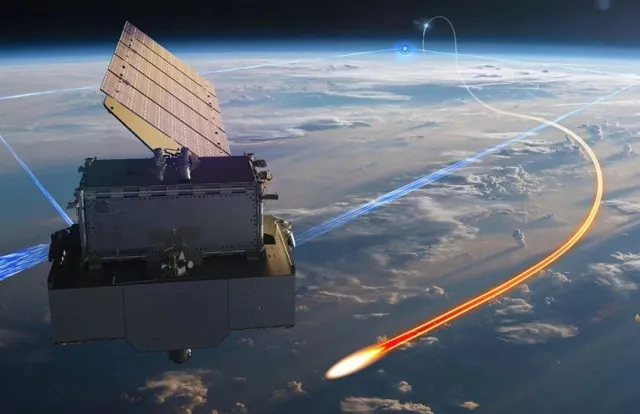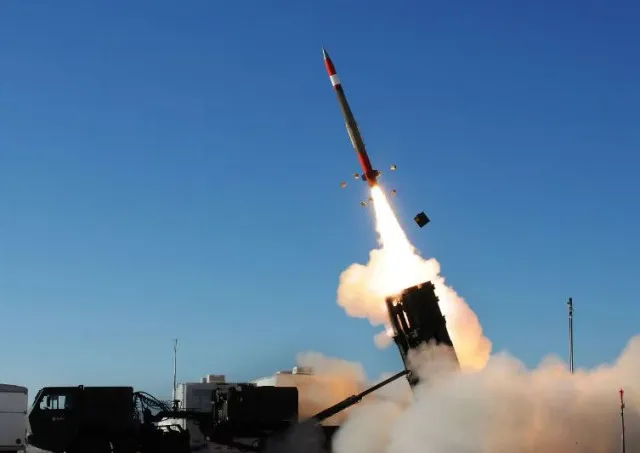A closer look at how Elon Musk’s SpaceX might help implement Donald Trump’s ambitious ‘Golden Dome’ missile defense system.
Trump eyes space-based missile defense with SpaceX at the helm
President Donald Trump is prioritizing missile defense in space. It pushed for the development of the Golden Dome missile defense system.

SpaceX, led by Elon Musk, has emerged as the leading contender to build this cutting-edge shield for the United States.
The system is modeled after Israel’s Iron Dome but would rely on hundreds of satellites circling the Earth in low orbit.
Trump signed an executive order just days after returning to office. He called missile threats the ‘most catastrophic danger’ to national security
SpaceX leads the race to build the first orbital defense system of its kind
As part of the Golden Dome project, SpaceX has proposed a defense system consisting of 400 to 1,000 satellites orbiting the Earth.

In addition, a fleet of 200 armed satellites would intercept incoming missiles using lasers or advanced projectiles.
The system is designed with three layers of protection. These include orbital sensors, ground interceptors, and short-range missile defense as a last resort.
Partnering with Palantir and drone-maker Anduril, SpaceX aims to lead every key layer of the defense initiative.
Pentagon officials say the project is still in its early stages. However, SpaceX holds a favorable position because of Musk’s influence with Trump
A subscription model for defense: Innovation or risky dependency?
SpaceX has pitched the Golden Dome missile defense system as a “subscription service” rather than a traditional government-owned project.
Sources close to the Pentagon say this approach allows rapid deployment.

It works by bypassing typical federal procurement delays. However, critics have raised concerns.
They warn it could give SpaceX too much control over future upgrades, pricing, and system availability.
The Pentagon is reviewing multiple models, and final plans will be presented to Trump in coming weeks.
Hypersonic threats and China’s orbital advantage
China successfully tested a fractional orbital bombardment system in 2021, heightening urgency for a comparable U.S. defense response.
This technology allows a warhead to orbit the Earth before dropping unpredictably on its target from space.
The U.S. is currently behind in this arms race, and the Golden Dome is viewed as a potential equalizer.
Trump’s administration insists no cost is too high to protect American cities and military infrastructure from hypersonic or orbital missile threats.
Political tensions rise as Musk’s government role draws scrutiny

Some lawmakers are concerned about Elon Musk’s dual role as contractor and Special Government Employee under Trump’s administration.
Senator Jeanne Shaheen criticized Musk’s influence over military funding, calling it “a serious conflict of interest.”
Despite backlash, SpaceX’s position remains strong, with support from Trump and growing presence in national defense technology.
Big defense contractors are still fighting for a slice of the project
Traditional players like Lockheed Martin, Northrop Grumman, and Boeing are preparing rival proposals for the Golden Dome contract.
Lockheed has already launched a dedicated webpage to promote its participation in the satellite defense system.
Over 180 companies have shown interest, confirming the massive financial potential behind the project.
Some estimates suggest the program could cost hundreds of billions over its full lifecycle.
Experts warn the Golden Dome system could be vulnerable and expensive
Laura Grego, a researcher with the Union of Concerned Scientists, doubts the feasibility of such a space-based defense system.
She points to studies labeling the concept as “a bad idea—costly, fragile, and easy to defeat.”
Still, supporters believe the Golden Dome will revolutionize global missile defense if successfully deployed.